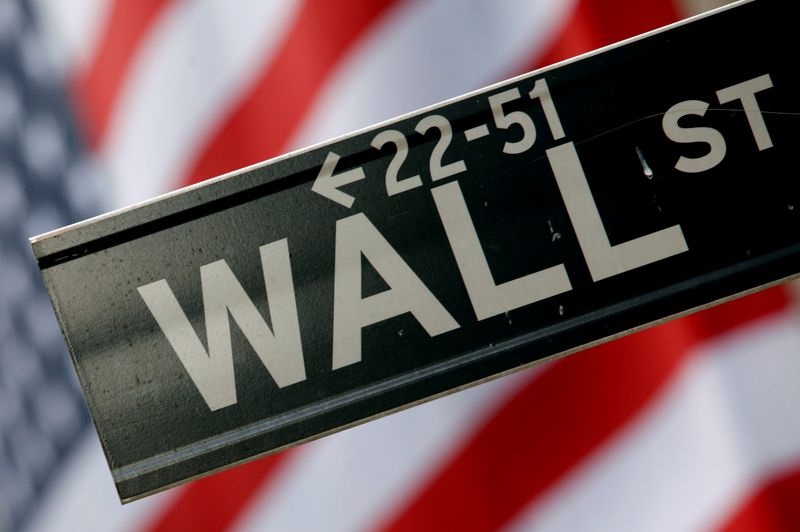Investing.com -- Bank of America strategists said inflows to gold funds reached $3.1 billion last week, marking the largest weekly inflow since July 2020 as investors hedge against inflation and the political populism expected around the upcoming US presidential election.
Cash flows were also strong, with a $33.5 billion increase over the past week, the largest in four weeks. Meanwhile, bond funds saw $13.5 billion in inflows, continuing a strong trend over the past 44 weeks.
Equity flows were modest, with $4 billion in net inflows; however, the details from BofA’s report reveal a mixed sentiment.
Technology stocks saw outflows of $3.1 billion, marking the sector’s largest outflow since June 2024. Emerging markets (EM) also suffered, with EM stocks experiencing the largest outflow since April 2020 at $7.2 billion, and China-specific equities seeing a $6.7 billion outflow, the biggest since 2015.
European equities also saw sustained outflows, with $8.5 billion withdrawn over four weeks, signaling global caution towards non-U.S. markets.
BofA’s strategists, led by Michael Hartnett said the upcoming election is “reinforcing Wall St conviction trades,” with investors maintaining short positions on China, even in light of recent stimulus measures, and on bonds, amid expectations of rising US debt levels and a growing budget deficit.
Long positions in gold and AI stocks are also among the conviction trades.
However, strategists caution that weak payroll data indicating a recession could cause a “retreat from stocks to bonds,” while any inflation spike from election-related policies might lead the Fed to consider rate hikes, a scenario that would impact tech and gold trades.
Meanwhile, in fixed income, investment-grade (IG) bonds and high-yield (HY) bonds continued to attract steady inflows last week.
IG bond funds recorded $7.8 billion in inflows over 52 weeks, while HY bond funds have seen 11 consecutive weeks of positive flows, totaling $0.9 billion.
Moreover, government and Treasury funds noted inflows of $4 billion over the past three weeks, indicating steady demand for safe-haven assets as uncertainties mount.
